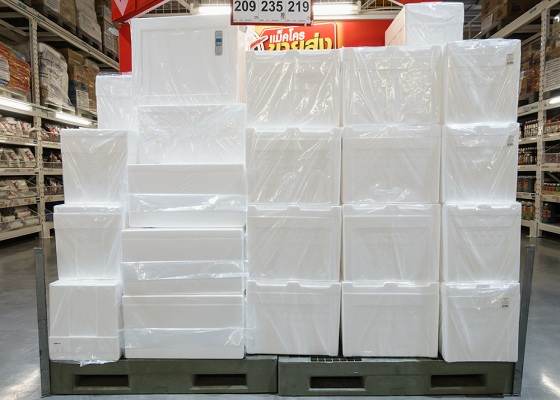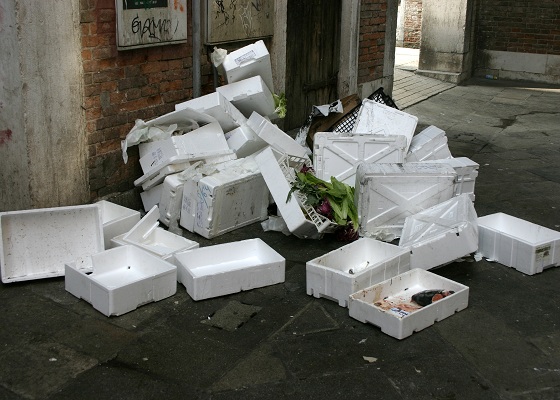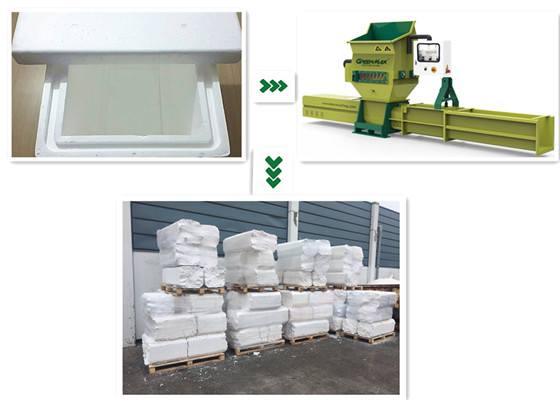Recently, Tesco, a British supermarket chain, has announced plans to remove packaging materials that are difficult to recycle from its business by 2019. Supermarket chains will no longer use hard-to-recycle materials such as PVC, Styrofoam, oxidized degradation materials and so on.
It is a pity that Styrofoam is included in the packaging materials that will be stopped to use. As we know, Styrofoam is one of the most cost-effective materials that is popular among customers. It has brought much convenience to our life since the material has been used.
For the past 60 years, Styrofoam material has solved one problem of packaging, but it has created a more disturbing problem. While it provides cheap, lightweight storage, Styrofoam has damaged the environment by ending up in landfills, oceans and lakes. Polystyrene, made from non-renewable fossil fuels, is not biodegradable. It breaks into small pieces and easily blown with the wind, thus causing serious environmental problems.
Recycling Styrofoam packaging has been a long-term problem that is waiting to be improved. GREENMAX, as the Styrofoam recycling specialist, has occupied a part of market in UK during the development of the Styrofoam recycling industry.
Some British recycling companies adopted GREENMAX Styrofoam compactor and started their Styrofoam recycling business. GREENMAX helps them reduce the foam volume at a ratio of 50:1 and the compactor can compact the loose Styrofoam into tight blocks and finally save storage and transportation cost. This model of mechanical recycling is not only supported by local policies, but also brings profits to recyclers.
Compared with other Styrofoam wastes, such as single-used foam containers, Styrofoam packages are the cleanest and easiest material to recycle. So it’s not as difficult as you think to do a good job of Styrofoam packages recycling.


